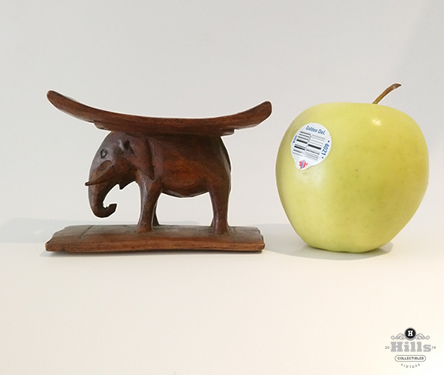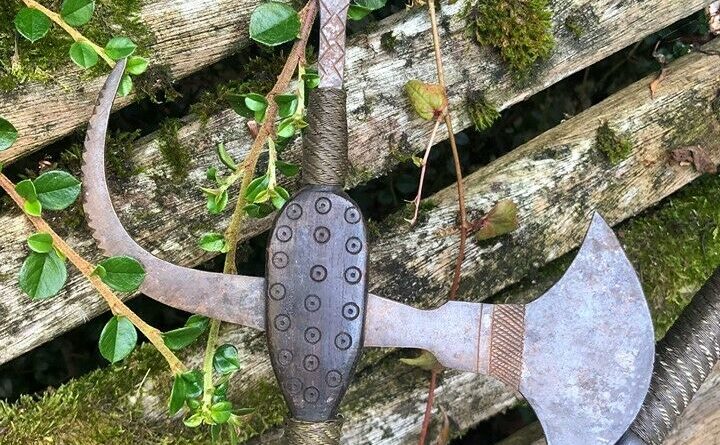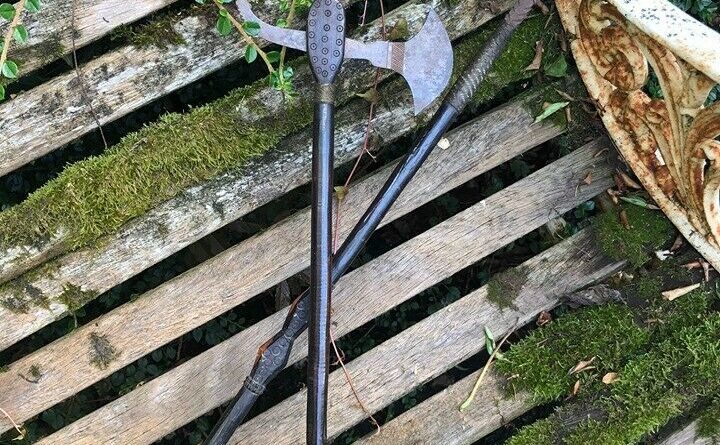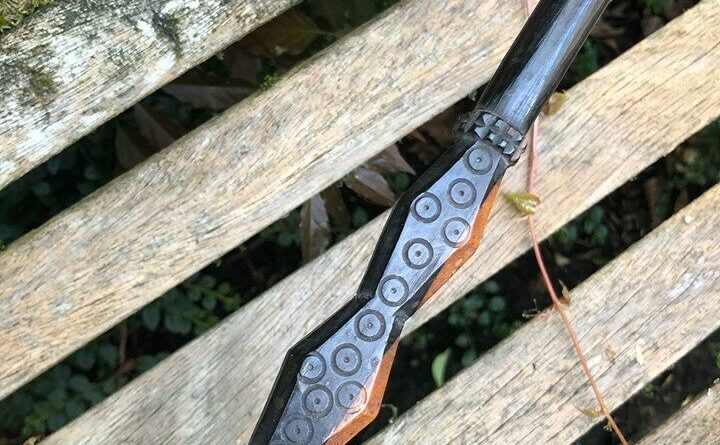54 Ashanti Stool Models
A rare artisan collection of Ghanaian, miniature Akan (Asante) model stools designed for a sales apprentice. The only matching or identical pieces known to exist are at The British Museum. Besides their aesthetic beauty, these pieces are much more than a collection of artefacts. This collection tells the story of what African art has contributed to the world. The collection embodies symbols that represent power of African tribes and cultures through their physical form.






